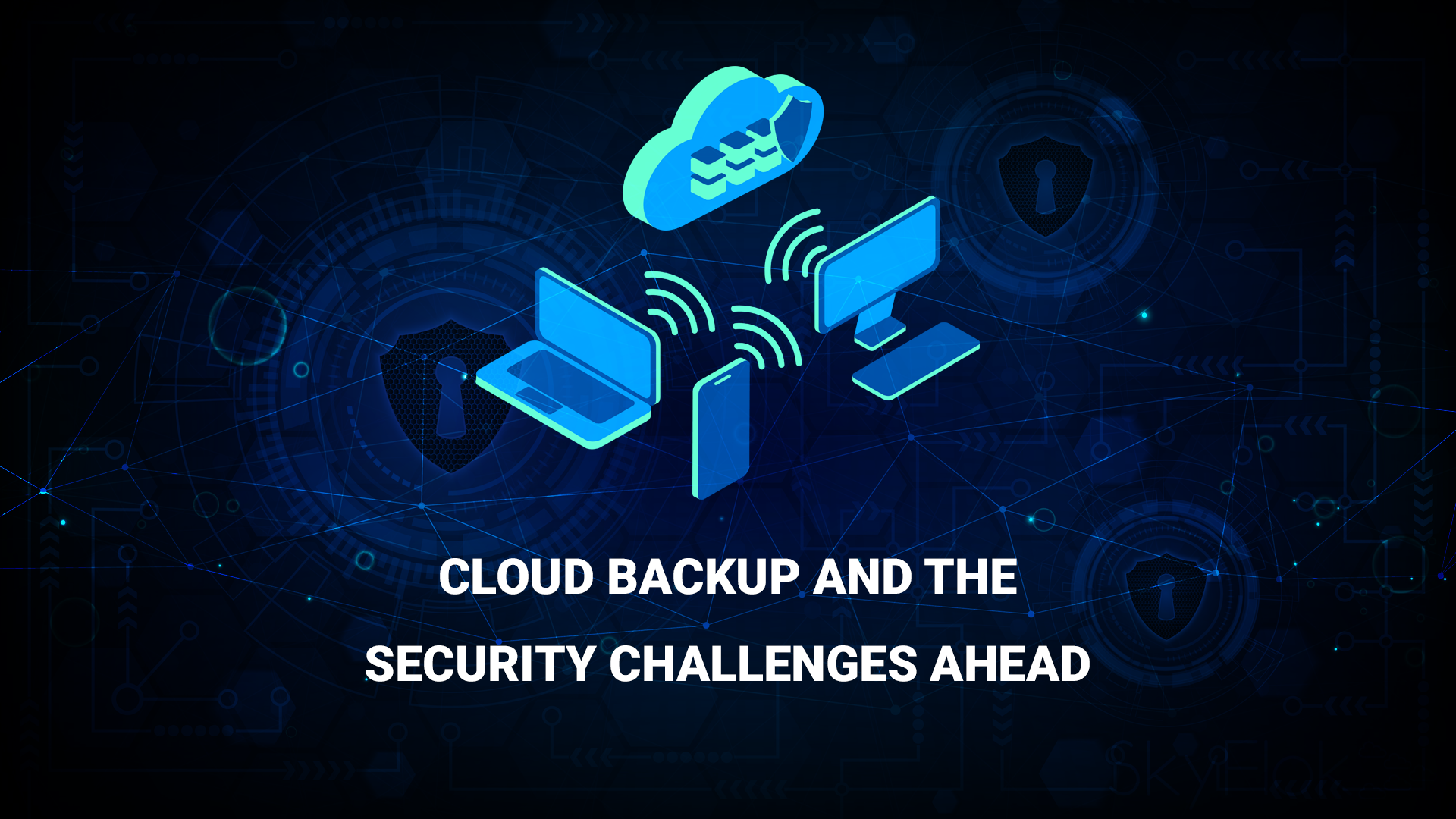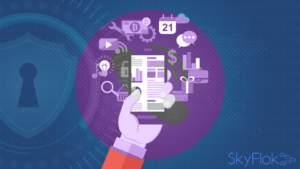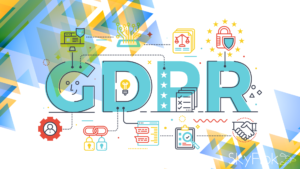No matter the size, every entity is now at risk of cyber attacks.
SkyFlok is key to mitigating your risks. SkyFlok always backs up your files, keeps all versions of your files and provides you easy access to all of them. The backed up files are encrypted both during transit to the Cloud and during storage in the Cloud itself. Meaning, you are the one in control of your files and your privacy.
Start storing and sharing files securely with your clients and colleagues today!
Bad actors are constantly innovating in order to penetrate their targets’ cyber defenses, and that innovation is paying off – for them. The rapid growth of disaster recovery as a service (DRaaS) and backup as a service (BaaS) reflects IT’s recognition that any number of compromises, including cyber threats, are regularly impacting production environments and a cost-effective safety net is needed.
What’s less obvious is the cloud backup risks when latent malware, phishing attacks, data extraction programs and other security breaches propagate into DRaaS and BaaS systems. It’s more important than ever to understand the new patterns of cyber threats and practical strategies to thwart them.
Cyberattacks are soaring, and small and midsized businesses (SMB) are increasingly the victims. Close to 70 percent of SMBs surveyed for a Ponemon Institute study last year reported a cyberattack that evaded their intrusion detection systems, and more than 80 percent said malware slipped past their antivirus software. Ransomware is also on the rise. Close to 55 percent of these companies said they were attacked by ransomware, in many cases multiple times.
Current security methods are falling short
With cyber criminals becoming more aggressive and agile, businesses need to rethink their approach to cybersecurity. Simply stepping up traditional defenses, such as firewalls and antivirus solutions, and enlisting users in the battle won’t protect against more sophisticated, pervasive attacks.
A key issue with next-generation cyber warfare is the latency effect. While simple attacks of the past reveal themselves quickly, newer cyber threats can lay dormant for months. In fact, new research shows that the average time it takes for a company to identify newer strains of malware is over six months!
These dormant cyber threats surreptitiously propagate into backup systems, rendering restore points potentially unusable or even dangerous to recover. Thus, IT cannot assume their current backup and disaster recovery insurance policies will always provide a reliable fallback solution when cyber breaches impact production systems. As with most rapidly evolving IT problems, next-generation technology is critical, and the market is responding with new cybersecurity defense tools.
If you don’t automate today, you may not be here tomorrow
As threats continue to escalate, no industry is immune – any business involved in e-commerce is potentially vulnerable. The midmarket is particularly vulnerable. IT resources are limited, and dedicated security professionals are rare. Constant patching, implementing software upgrades and deploying new tools is time-consuming, labor-intensive and stretches IT to the max.
The only viable option to defend against next-generation cyber threats is automation – including tools that specifically analyze and protect DRaaS and BaaS repositories. Security automation can help focus organizations on the problems that need immediate remediation. For example, backup data sets can be analyzed at a very granular level to identify latent threats, possible security risks and provide other meaningful analysis for security purposes. These new solutions can even correlate threat intelligence feeds with backup data set fingerprints, helping teams identify and counteract hidden anomalies or malicious threats that have been lurking undetected.
Proactively analyzing backup data sets can help spot ransomware, malware, data extraction and other threats from external sources, and internal anomalies resulting from bad actors can also be revealed. While IT’s firewalls and antivirus platforms will continue to deflect many threats, these tools won’t be enough to protect critical operations going forward.
Tackling the security squeeze with innovation
Clearly, the midmarket has its hands full, yet security must be top of mind in today’s high-risk environment. With constrained budgets and small IT teams, companies have limited resources to spot, triage and remediate each new security threat that has infected data protection systems. Without innovation and automation, the necessary level of testing of backup restore points will be impossible to achieve in a reliable, straightforward and cost-effective way.
MSPs can and should play a key role in cybersecurity automation for next-generation threats to DRaaS and BaaS systems. The latest automation can provide the safety net end users need to remedy security threats affordably and practically. Cybersecurity protection offerings can be a substantial differentiator for service providers, as well.
The escalating frequency of cyberattacks on companies of all sizes and in every industry requires IT pros to urgently identify options to respond to the threats that take business offline for days, weeks or more. Most companies today rely heavily on IT systems for wide-ranging aspects of operations as well as revenue generation, and downtime is no longer an option. Fortunately, next-generation innovation is here to help tackle the midmarket cybersecurity squeeze.







